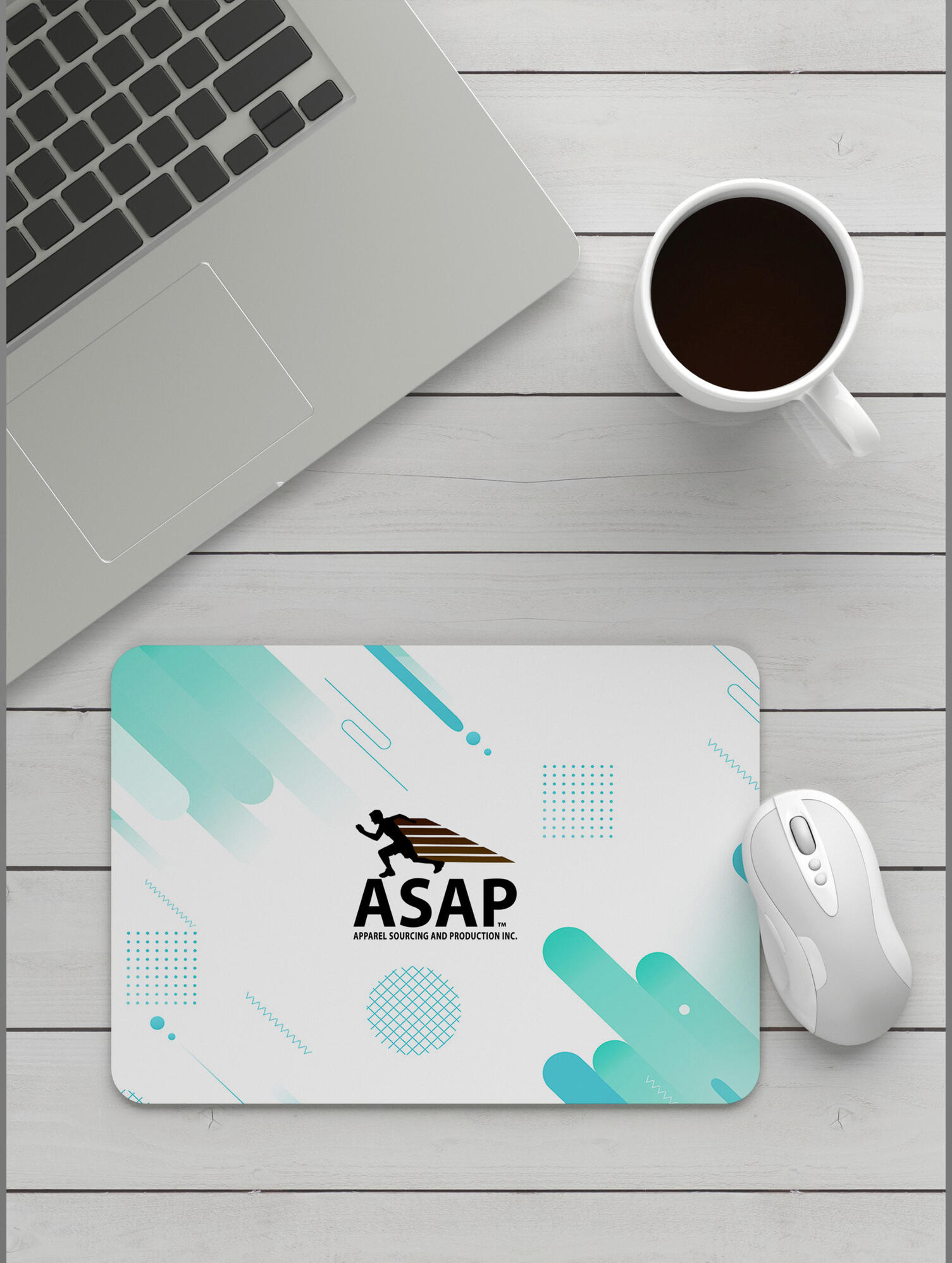
APPAREL SOURCING
AND PRODUCTIONS, INC.
ASAP Inc. has discovered a way to help change the apparel game by letting customers get a chance to get their hands on high-quality products and not have to succumb to high minimums and/or high prices.Guaranteeing that we can create a price point that fits your budget. We encourage our customers to develop new brands and make elevated changes. With our experience in the apparel world and sourcing products of all kind’s products, will allow us to offer marketing and branding tools that will help you understand the market and how to use each product to it’s maximum potential.With the low minimums, we can provide realistic sample and start-up costs. We are a one stop shop! Order, customize, print, and much more right here with ASAP, Inc.
CONTACT US AT 1-833-444-4383
Current Special Offer

Asap services
Technical Drawings and Renderings
Render technical drawings with all dimensions and written instructions needed to produce prototype. High quality renderings and fashion illustrations suitable for scanning or faxing.Concept Boards / Presentation Boards
Targeted seasonal concept-boards developed specifically for client. Representation of global inspiration thru aesthetic references and emotional signifiers found in the worlds of fashion, home, sports and automotive industries.Product Art Direction
Provide photographic and illustration service for catalogue. Conceptualize and art direct product-driven catalogue and marketing media.
LEARN MORE ABOUT OUR FASHION DESIGN STUDIO SERVICE.
Product Launch Consultation
Develop and execute strategy for startup or accessory brand expansion including consumer profile, pricepoint targets, product assortment and launch strategy.Brand Analysis
In-depth research of client’s brand perspective and evaluation of product line. Submit report on findings, highlighting existing brand strengths and opportunities.
Trend Research and Fashion Reporting
Shop Europe or specified US cities for key retail trends. Submit report, compile media presentation or personally present trends along with photographs.Fashion Copywriting
Create copy for press release, catalogue, marketing, newsletters and product collateral. Develop product names, descriptions, technical terminology and brand language.Retail Store Planning
Develop thematic concepts for fashion retailers. Design and execute floor plan, fixtures, lighting, and display systems for optimum presentation.
PRINT METHODS
DIRECT-TO-FILM/ SUBLIMATION
Screen Printing: This is a way to put ink designs on surfaces like t-shirts or paper. A mesh screen and a stencil are used to control where the ink goes. One color is applied at a time.Heat Transfer: The science of how heat moves from one place to another, including through solids, liquids, and gases. Often important in engineering and design.Sublimation A process where a solid turns directly into a gas, skipping the liquid stage. This happens under specific conditions of temperature and pressure.Direct To Film: A printing method where a design is first printed on special paper. This design is then transferred onto another surface using a special adhesive.
Custom SPORTS UNIFORMS
FOOTBALL
FULLY SUBLIMATED UNIFORMS
FOOTBALL
CUT AND SEW UNIFORMS
BASKETBALL
FULLY SUBLIMATED UNIFORMS
BASKETBALL
CUT AND SEW UNIFORMS
BASEBALL
FULLY SUBLIMATED UNIFORMS
SOCCER
FULLY SUBLIMATED UNIFORMS
SOFTBALL
FULLY SUBLIMATED UNIFORMS
TRACK SUITS
FULLY SUBLIMATED UNIFORMS
Sports
FULLY SUBLIMATED SINGLETS
GET A QUOTE OR ASK QUESTIONS
CONTACT
1-833-444-4383
info@myasapinc.com
P.O. Box 172973,
Arlington, TX 76003
2023 My Asap Inc. All Rights Reserved | REFUND POLICY / TERMS & CONDITIONS / SHIPPING
REFUND POLICY / TERMS & CONDITIONS / SHIPPING
Cancellation Policy
All orders are automatically processed via our secure merchant processor and sent for shipment within 1 to 2 weeks after orders are placed. During this process we incur irreversible fees. While we understand that orders might need to be changed, we are unable to do it free except under specific circumstances. Requests need to be made verbally to support by calling 1.800.260.4115 We strictly adhere to the following cancellation policy:If you cancel your order BEFORE it has been shipped, you will be assessed a cancellation fee before credit is issued.If you cancel your order AFTER it has been shipped, please follow our Return Policies & Procedures. The cancellation will have to be treated as a Return with all applicable fees.Orders which are REFUSED AT DELIVERY will be assessed all of the applicable fees listed above – including restocking, cancellation and other applicable fees.Return & Refund Policy for Physical Products
You have 15 calendar days to return an item from the date you received it.In order to be eligible for a refund, you have to return the product within 15 calendar days of your purchase. The product must be in the same condition that you receive it and undamaged in any way.Once we receive your item, we will inspect it and notify you that we have received your returned item. We will notify you within 3 calendar days of the status of your refund after inspecting the item.You will be responsible for paying for your own shipping costs for returning your item. Shipping costs are nonrefundable. If you receive a refund, the cost of return shipping will waivedAfter we receive your item, our team of professionals will inspect it and process your refund. The money will be refunded to the original payment method you’ve used during the purchase. For credit card payments it may take 5 to 10 business days for a refund to show up on your credit card statement.If the product is damaged in any way, or you have initiated the return after 15 calendar days have passed, you will not be eligible for a refund.SHIPPING
All orders ship within 7 to 14 days depending on the size of the order. We use UPS, Fed Ex, DHL, USPO depending on the size of the order.
TERMS AND CONDITIONS FOR APPAREL SOURCING AND PRODUCTION, INC.These Website Standard Terms and Conditions written on this webpage shall manage your use of our website, MYASAPINC.COM accessible at www.https://myasapinc.com.These Terms will be applied fully and affect to your use of this Website. By using this Website, you agreed to accept all terms and conditions written in here. You must not use this Website if you disagree with any of these Website Standard Terms and Conditions. These Terms and Conditions have been generated with the help of the Terms And Conditions Template and the Terms and Conditions Generator.Minors or people below 18 years old are not allowed to use this Website.Intellectual Property RightsOther than the content you own, under these Terms, Apparel Sourcing And Production, Inc. and/or its licensors own all the intellectual property rights and materials contained in this Website.You are granted limited license only for purposes of viewing the material contained on this Website.RestrictionsYou are specifically restricted from all of the following:publishing any Website material in any other media; selling, sublicensing and/or otherwise commercializing any Website material; publicly performing and/or showing any Website material;
using this Website in any way that is or may be damaging to this Website; using this Website in any way that impacts user access to this Website; using this Website contrary to applicable laws and regulations, or in any way may cause harm to the Website, or to any person or business entity;
engaging in any data mining, data harvesting, data extracting or any other similar activity in relation to this Website;
using this Website to engage in any advertising or marketing.
Certain areas of this Website are restricted from being access by you and Apparel Sourcing And Production, Inc. may further restrict access by you to any areas of this Website, at any time, in absolute discretion. Any user ID and password you may have for this Website are confidential and you must maintain confidentiality as well.Your ContentIn these Website Standard Terms and Conditions, “Your Content” shall mean any audio, video text, images or other material you choose to display on this Website. By displaying Your Content, you grant Apparel Sourcing And Production, Inc. a non-exclusive, worldwide irrevocable, sub licensable license to use, reproduce, adapt, publish, translate and distribute it in any and all media.Your Content must be your own and must not be invading any third-party’s rights. Apparel Sourcing And Production, Inc. reserves the right to remove any of Your Content from this Website at any time without notice.No warrantiesThis Website is provided “as is,” with all faults, and Apparel Sourcing And Production, Inc. express no representations or warranties, of any kind related to this Website or the materials contained on this Website. Also, nothing contained on this Website shall be interpreted as advising you.Limitation of liabilityIn no event shall Apparel Sourcing And Production, Inc., nor any of its officers, directors and employees, shall be held liable for anything arising out of or in any way connected with your use of this Website whether such liability is under contract. Apparel Sourcing And Production, Inc., including its officers, directors and employees shall not be held liable for any indirect, consequential or special liability arising out of or in any way related to your use of this Website.IndemnificationYou hereby indemnify to the fullest extent Apparel Sourcing And Production, Inc. from and against any and/or all liabilities, costs, demands, causes of action, damages and expenses arising in any way related to your breach of any of the provisions of these Terms.SeverabilityIf any provision of these Terms is found to be invalid under any applicable law, such provisions shall be deleted without affecting the remaining provisions herein.Variation of TermsApparel Sourcing And Production, Inc. is permitted to revise these Terms at any time as it sees fit, and by using this Website you are expected to review these Terms on a regular basis.AssignmentThe Apparel Sourcing And Production, Inc. is allowed to assign, transfer, and subcontract its rights and/or obligations under these Terms without any notification. However, you are not allowed to assign, transfer, or subcontract any of your rights and/or obligations under these Terms.Entire AgreementThese Terms constitute the entire agreement between Apparel Sourcing And Production, Inc. and you in relation to your use of this Website, and supersede all prior agreements and understandings.Governing Law & JurisdictionThese Terms will be governed by and interpreted in accordance with the laws of the State of af, and you submit to the non-exclusive jurisdiction of the state and federal courts located in af for the resolution of any disputes.
Apparel
T-shirts

JACKET
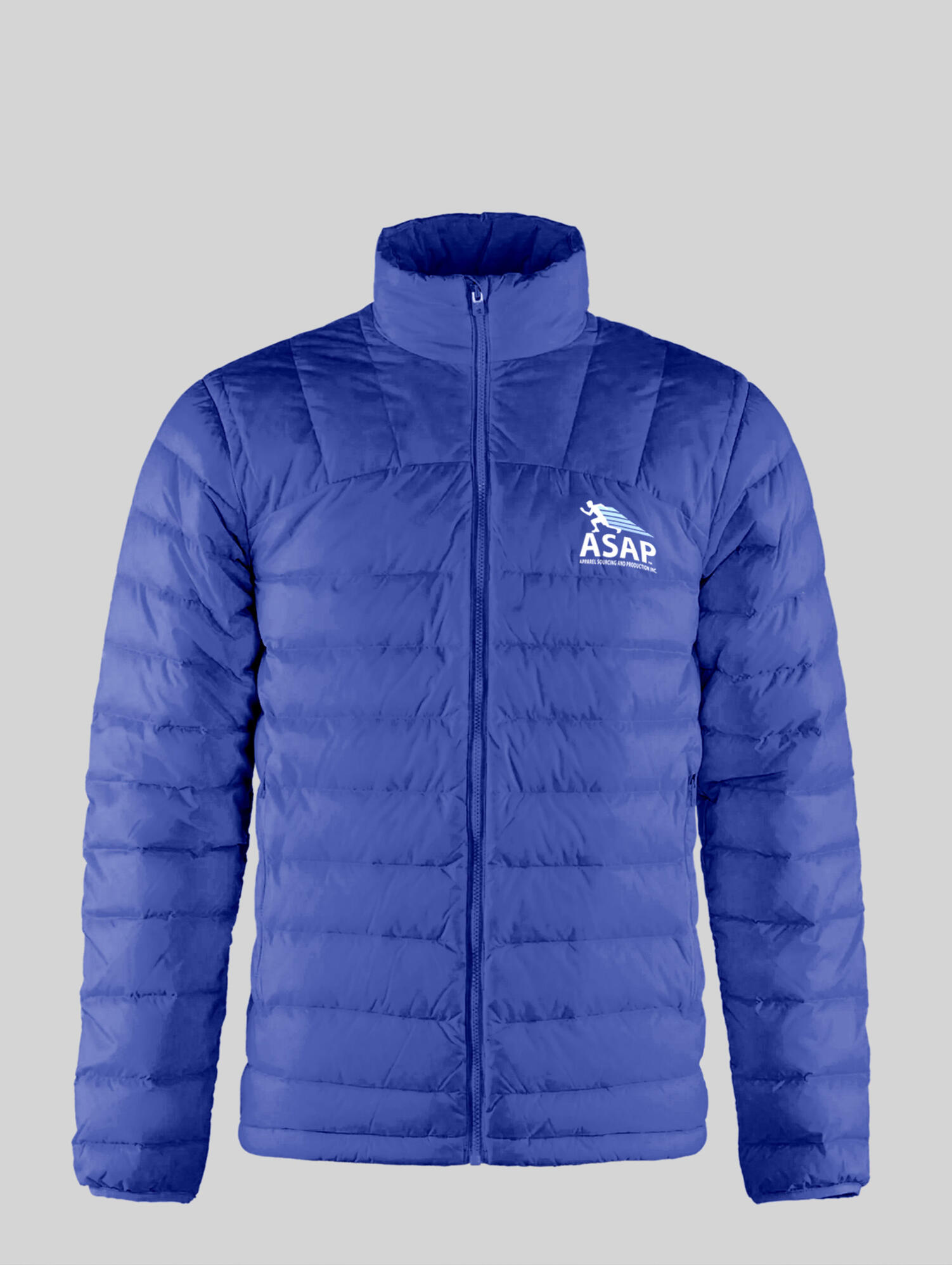
lip balm

Cups
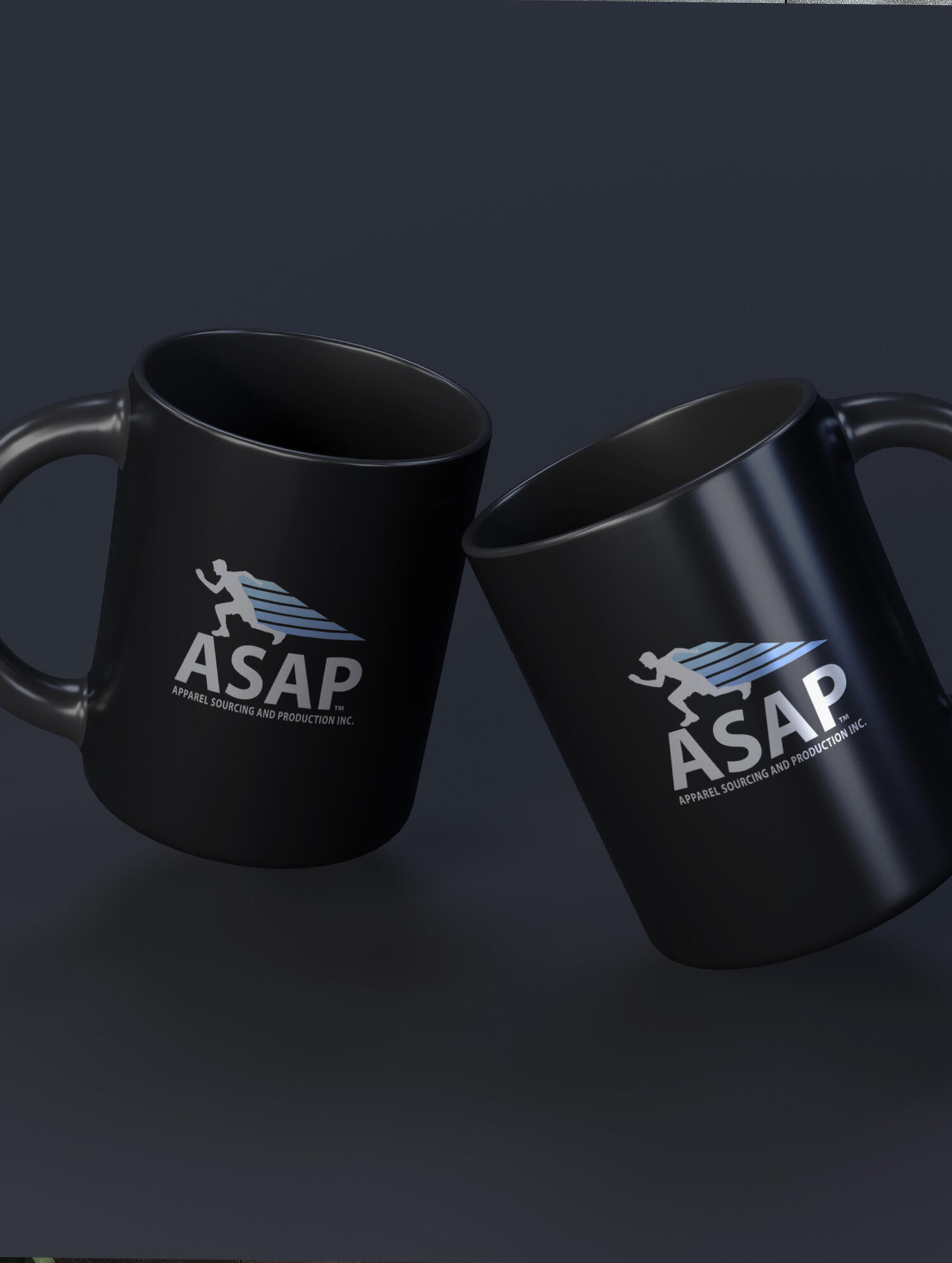
key chains

Award Medals

pens
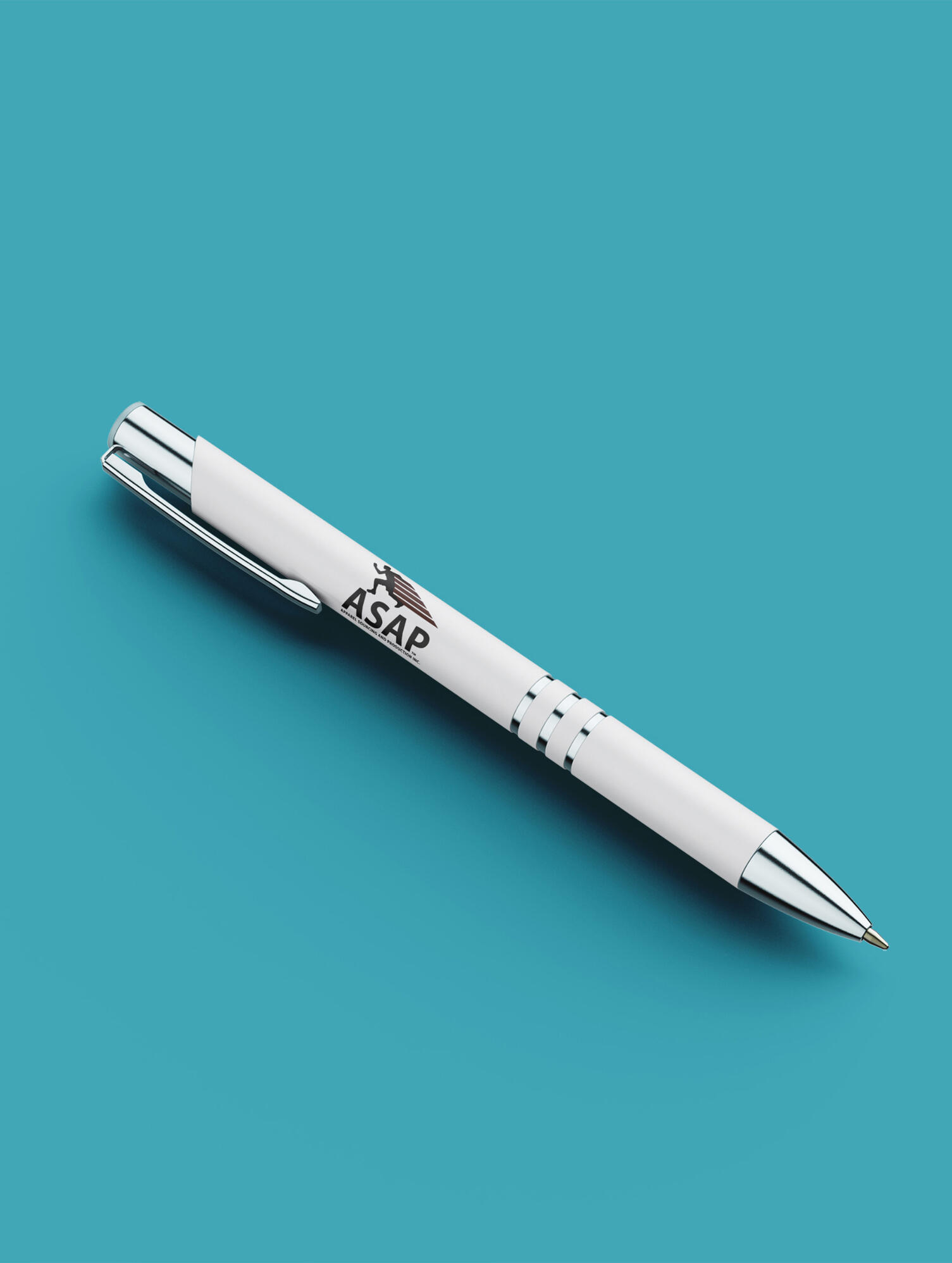
Flash drives
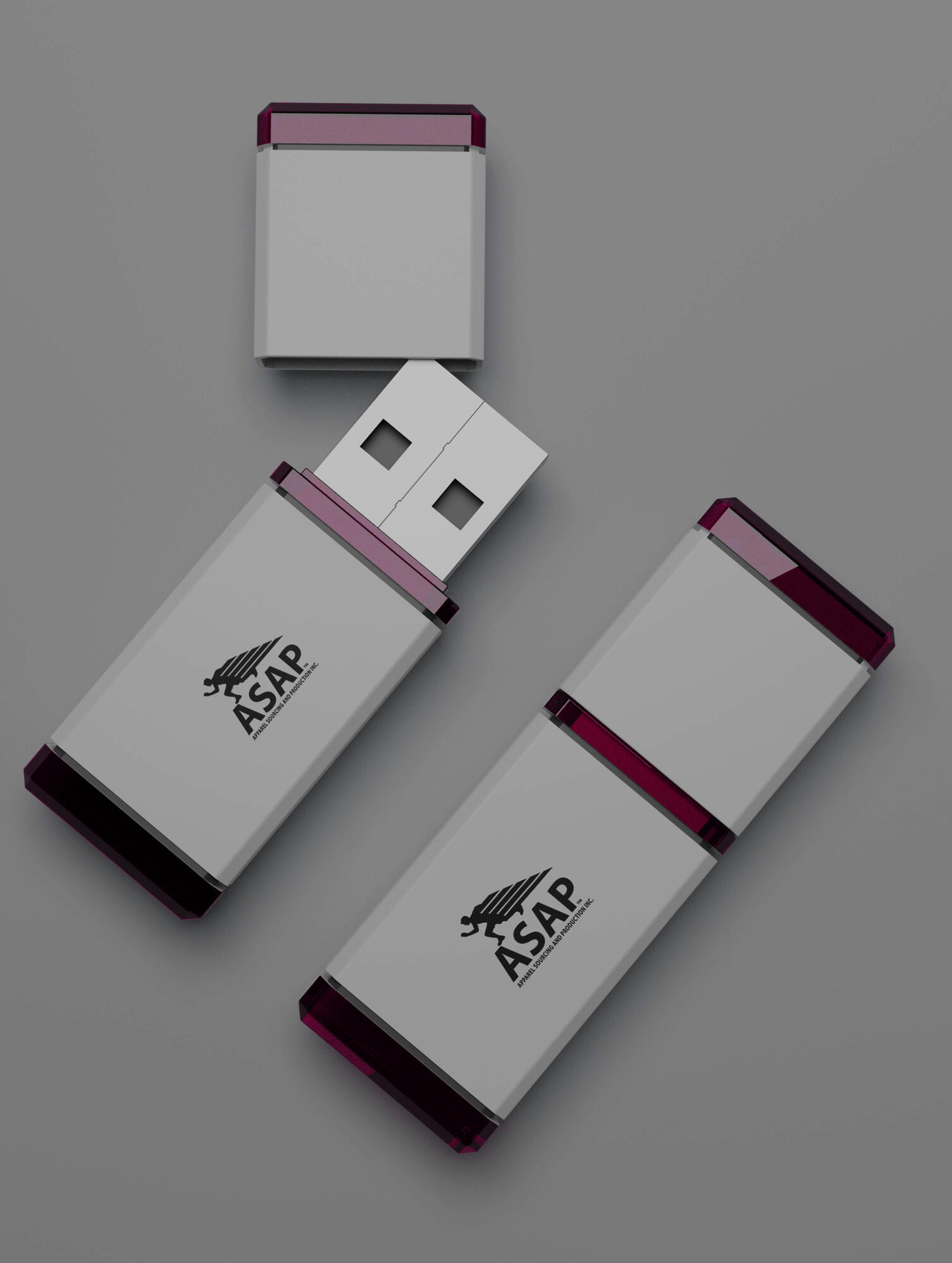
Mouse pads
